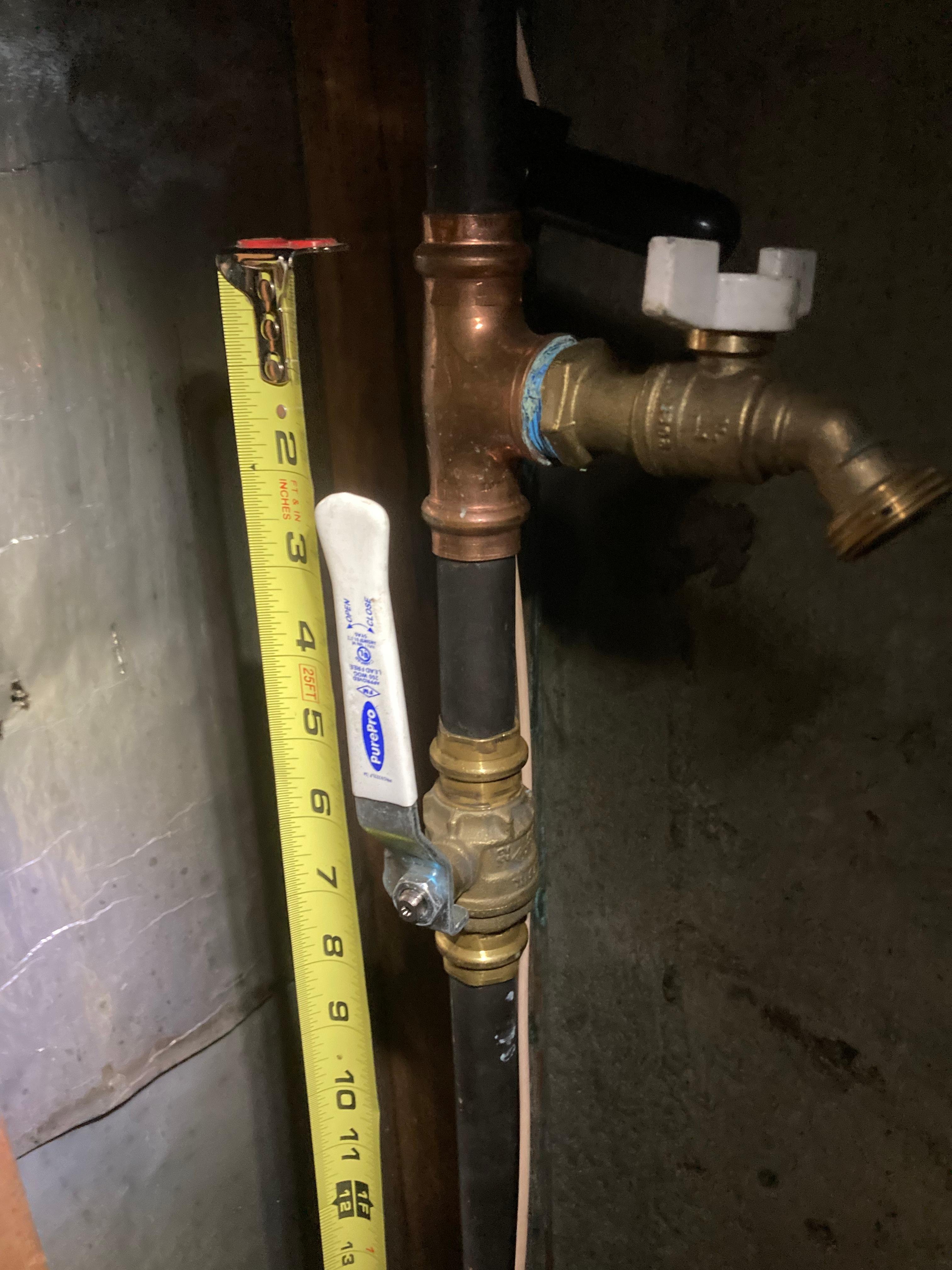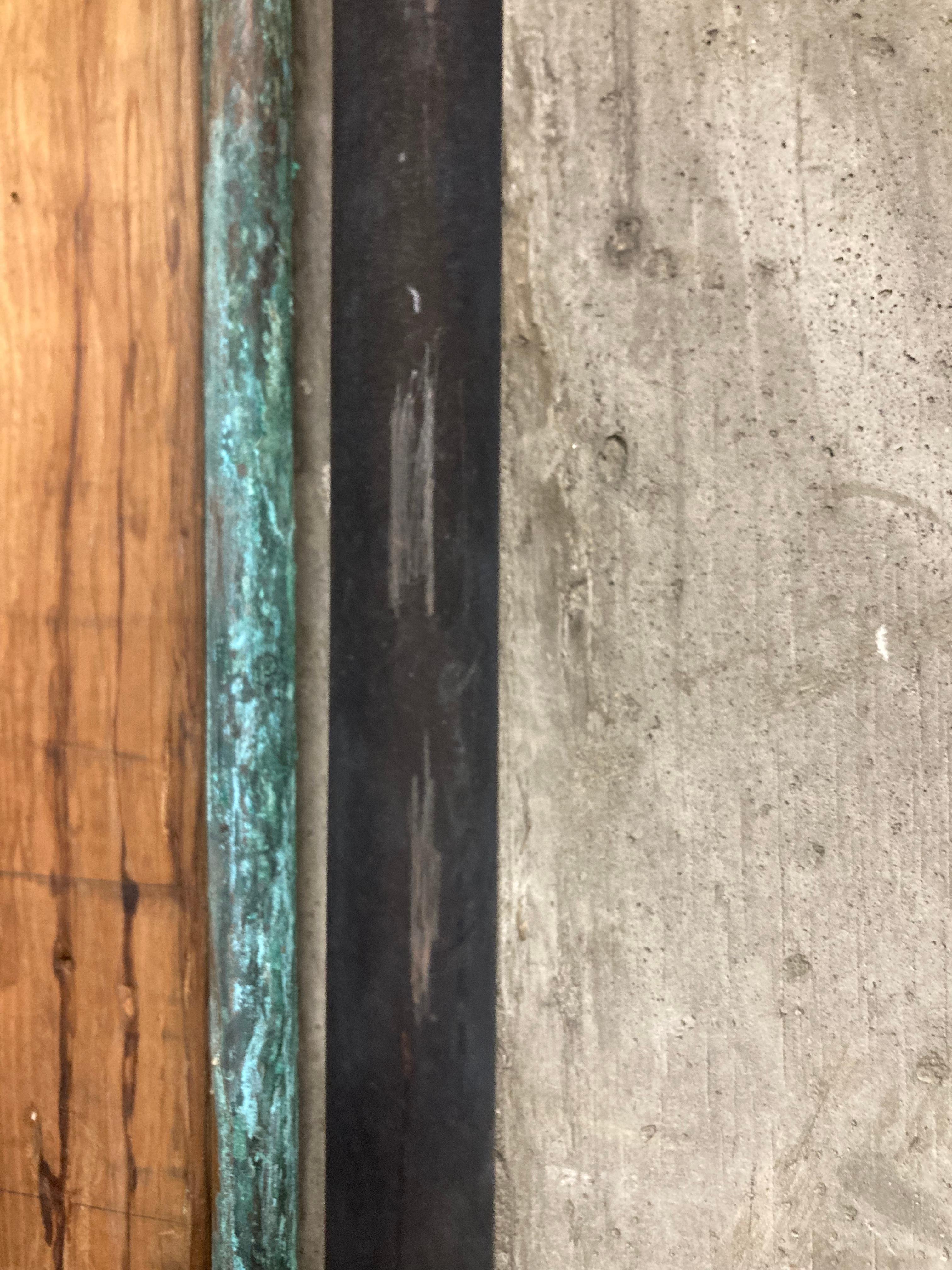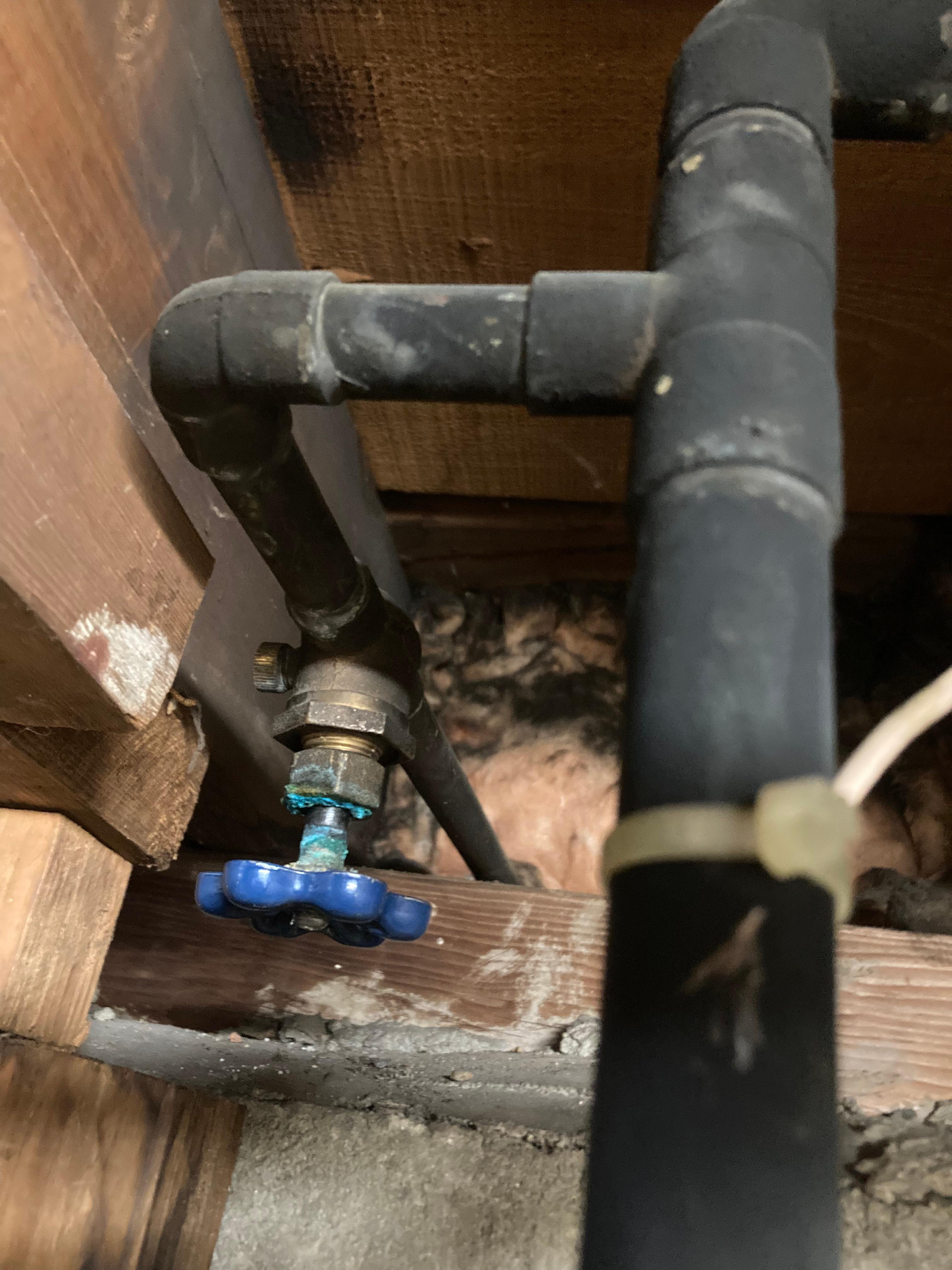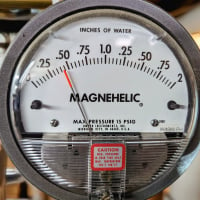Compression fitting going from lead to anything modern (e.g. steel/brass)
I'm going to have to replace both my sillcocks which are over 60 years old and are leaking from the stems when I open them. I could probbaly try to scrape the paint off the compression nuts and tighten them, but this is my opportunity to replace them with frost free ones.
One of them is connected to copper pipe but the other one is connected to a lead pipe (black appearance, non-magnetic, when I scrape it it reveals a gray surface below)
The copper one I will replace with a propress ball valve and a frost free sillcock which I will attach with propress compression fittings.
What can I do with the lead one? Are there compression fittings that let me go from lead to copper/brass etc? The lead pipe has a 0.63" OD.
Thank you!
Comments
-
can you take a few pictures? lead supply piping would be more like 100+ years old. I would re-pack the sillcock unless you're prepared to start replacing until you get to something that isn't lead. the way to connect to it would be to wipe a brass or copper pipe to it and connect that to your fixture but 100 year old lead will be brittle and have a ton of oxide that will make that very difficult.
are you sure it isn't steel or brass or copper tube?
how is the other end of the pipe connected?
you could maybe use a dresser type coupling but the od of lead pipe is usually pretty irregular.
2 -
A lead pressure pipe? That's been there for a while. As @mattmia2 said, it will be brittle. If it were mine I'd find out where it started at the other end and abandon the whole length of it. Repipe in PEX and a new sillcock.
Br. Jamie, osb
Building superintendent/caretaker, 7200 sq. ft. historic house museum with dependencies in New England3 -
-
Lead sinkers are illegal in some states. get rid of the lead its time is up .
0 -
Thank you for your reply! The house was built in the late 1960s.
Here are some photos of the relevant pipe(s)
This bit is just after the meter. I had a plumber put in a cutoff and he seems to have used propress fittings.
I scratched the surface of the pipe a bit. It doesn't look like copper - it's more a grayish something.
This is how the sillcock is attached - first goes to a gate valve with drain.
Thank you for your help!
1 -
-
I'm glad I'm on this forum where folks like @mattmia2 kindly answer questions. I scraped some more and it is indeed a greenish color, definitely not silver. A brief internet search shows that cold water copper pipes in humid environments (like my basement) turn blackish from the extra condensation → oxidation/patina.
Welp, looks like I can kick this can down the road a bit more and focus on replacing the sillcocks.
3 -
-
-
I'll add the stop cock with drain before the sillcock because why not, but I'm with @mattmia2 that, properly pitched, the water will drain and keep the pipe dry from the point at which freezing would be a concern. I really like this design and it makes perfect sense, because winterizing does the exact same thing, except manually.
I've shown my spouse how to winterize the spigots but I'd rather replace with this design, greatly simplifying the winterization process (just remove all the hoses) and insure against a time when she might have to take over.
Also, a great excuse to extend my DIY skills to a bit o plumbing!
0 -
I have had to replace approximately 10 of those from various brands I'm not sure though whether the customers removed the hose or not
0 -
Ooh interesting - they burst?
0 -
-
The only time I saw an issue with a Woodford was when a family member left the hose attached with a nozzle on the end that was closed. It blew ice out of the vacuum breaker, and yet all of it still works fine.
I currently have 4 of them in service, none of them have issues even in below 0F temps.
If they're pitched correctly and the proper length to get the valve far into the heated space, they can't freeze.
Single pipe 392sqft system with an EG-40 rated for 325sqft and it's silent and balanced at all times.
2 -
some of the woodford models have a seat that is designed to relieve the pressure if it does freeze.
my bet with the freezing is plumbers doing housing developments that don't know how they work and installing them incorrectly.
0 -
Yep. And I'm thinking a small mistake in the pitch won't be hazardous - a little pool of water at the end of the faucet would have plenty of space to expand AND it will be in the conditioned space so it is unlikely to freeze in the first place.
Only way you could screw this up is to have a very short stem, so it's right at the edge of the conditioned space and then pitched up so badly that it's completely submerged and doesn't evaporate before the freeze sets in. And at that point, you have to think, even if the spigot is dry, the wet part is still in danger with that arrangement because it's not far enough inside the conditioned space.
0 -
0
-
-
Yes.
Some of them twisted and I had to open wall to remove
0
Categories
- All Categories
- 87.4K THE MAIN WALL
- 3.2K A-C, Heat Pumps & Refrigeration
- 61 Biomass
- 429 Carbon Monoxide Awareness
- 120 Chimneys & Flues
- 2.1K Domestic Hot Water
- 5.8K Gas Heating
- 115 Geothermal
- 168 Indoor-Air Quality
- 3.7K Oil Heating
- 77 Pipe Deterioration
- 1K Plumbing
- 6.5K Radiant Heating
- 395 Solar
- 15.7K Strictly Steam
- 3.4K Thermostats and Controls
- 56 Water Quality
- 51 Industry Classes
- 50 Job Opportunities
- 18 Recall Announcements













